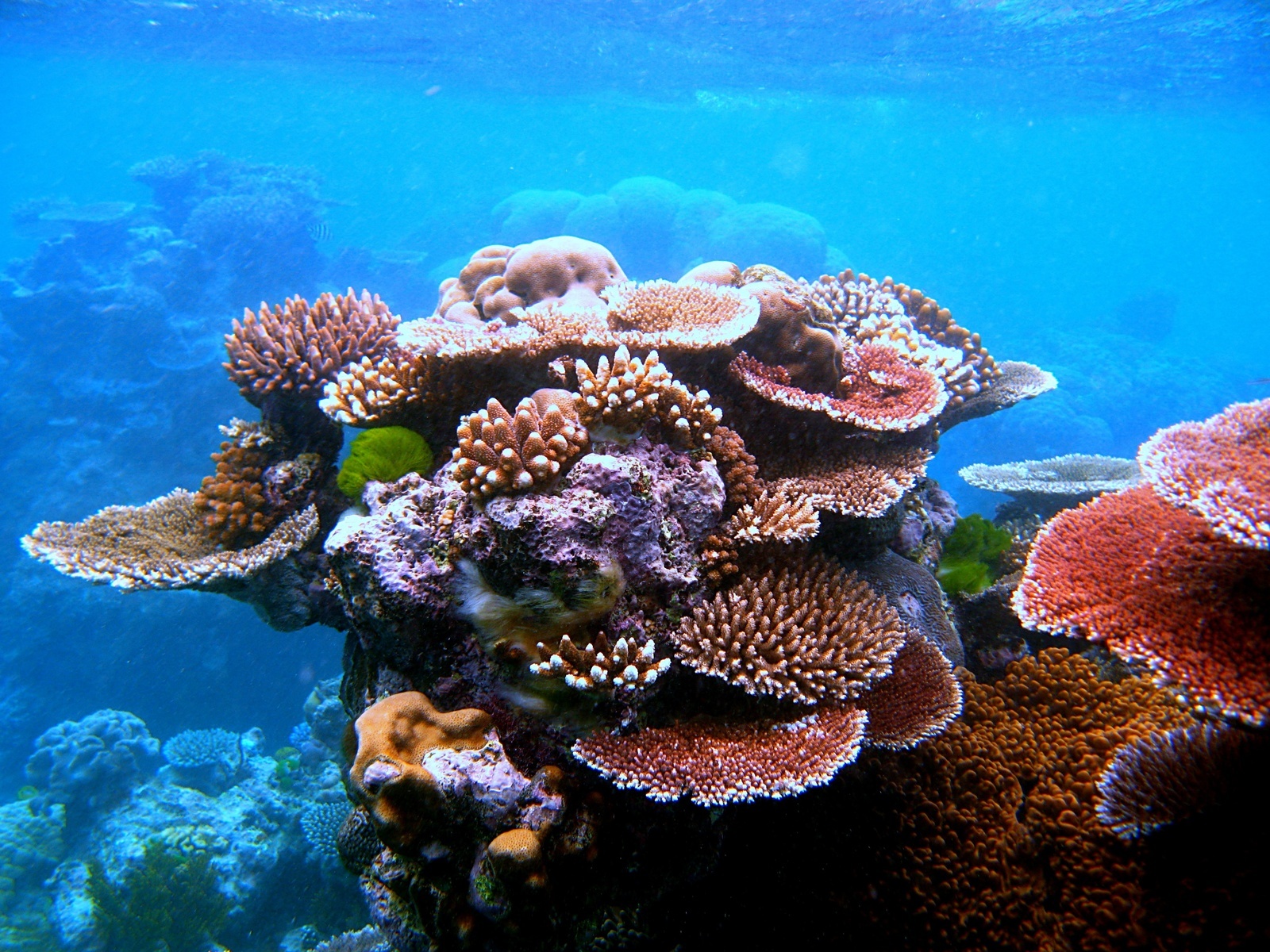Region: Seas of the Coral Triangle (a region comprised of the Philippines, Malaysia, Indonesia, East Timor, Papua New Guinea, and the Solomon Islands)
Paul Barber is an affiliated faculty member of CTR who is conducting research on evolution of conservation of marine biodiversity, coral reefs, evolutionary and population genetics, and natural selection and adaptation. The Barber Lab integrates genetics, ecology, oceanography and geology to understand the processes that promote speciation in marine environments, creating marine biodiversity hotspots. For the past decade, the lab has focused on the fish and invertebrates of the coral reefs of the Coral Triangle, the global epicenter of marine biodiversity. Through a comparative approach, the Barber Lab is examining the relative importance of tectonic history, physical oceanography, and organismal ecologies in limiting genetic connectivity and promoting evolution and lineage diversification. Recent work focuses on integrating empirical models of connectivity with predictions from geographically explicit models of contemporary and historical ocean currents. The Barber Lab is also investigating the role of natural selection and adaptation in shaping population genetic patterns, particularly the role of the genetic basis of energetic performance of mitochondrial in size selective mortality of marine larvae.
Current Projects
- Dispersal and Connectivity in Marine Environments
- The Evolution of Marine Biodiversity
- Dispersal and Ecological Adaptation in Marine Environments
- Marine Conservation
Related Publications

